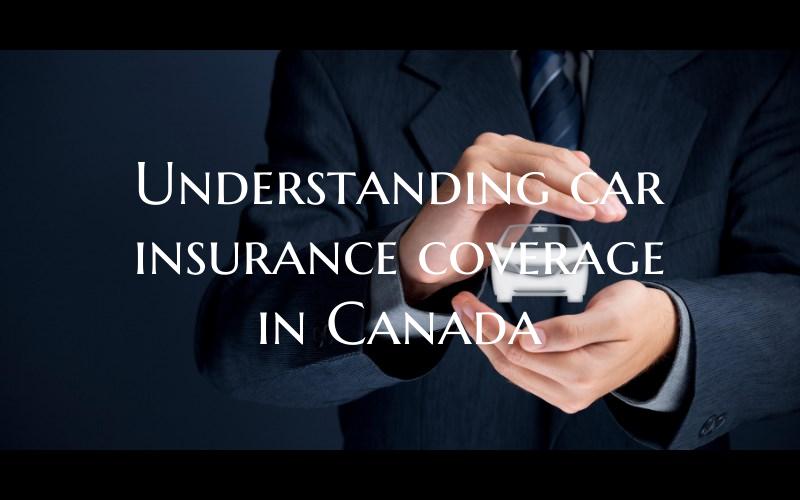Car insurance is a mandatory requirement for drivers in Canada, designed to offer financial protection in case of accidents, damages, or injuries. It is essential to understand the various types of coverage available to ensure you have adequate protection in the event of unforeseen circumstances.
1. Third-Party Liability Coverage: This is the minimum requirement for car insurance in Canada and covers the costs associated with injuries or damages you are legally responsible for in an accident. It also provides coverage for legal defense fees.
2. Accident Benefits: This coverage includes benefits such as medical expenses, rehabilitation costs, and income replacement if you are injured in an accident, regardless of who is at fault. It may also cover funeral expenses and survivor benefits in case of a fatal accident.
3. Uninsured/Underinsured Motorist Coverage: This coverage protects you in case you are involved in an accident with a driver who is uninsured or underinsured. It helps cover your expenses if the other party does not have adequate insurance to pay for damages.
4. Comprehensive Coverage: This type of coverage protects against non-collision incidents, such as theft, vandalism, or weather-related damages to your vehicle. It provides coverage for repairs or replacement of your vehicle in such scenarios.
5. Collision Coverage: Collision coverage pays for damages to your own vehicle in case of a collision, regardless of who is at fault. It ensures that your car is repaired or replaced if it is damaged in an accident.
6. All Perils Coverage: This coverage combines both collision and comprehensive coverage, offering protection against a wide range of risks, including theft, vandalism, and collision-related damages.
7. Optional Coverage: In addition to the mandatory coverages, there are optional coverages such as rental car coverage, roadside assistance, and coverage for transportation replacement in case your vehicle is inoperable due to an accident.
When choosing car insurance coverage in Canada, it is important to consider factors such as your driving habits, the value of your vehicle, and your budget. Understanding the different types of coverage available can help you make an informed decision to ensure you have the right level of protection for your needs. It is advisable to review your policy regularly and make adjustments as necessary to ensure you are adequately covered at all times.

